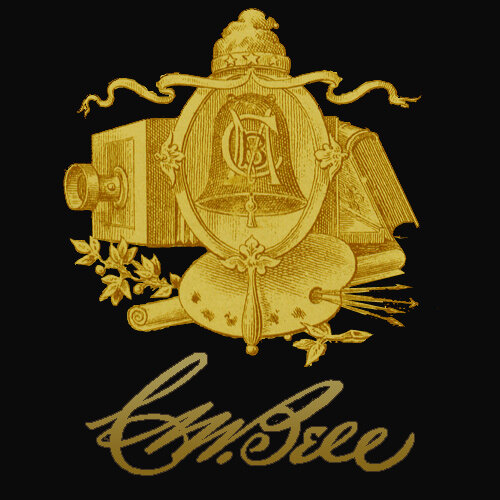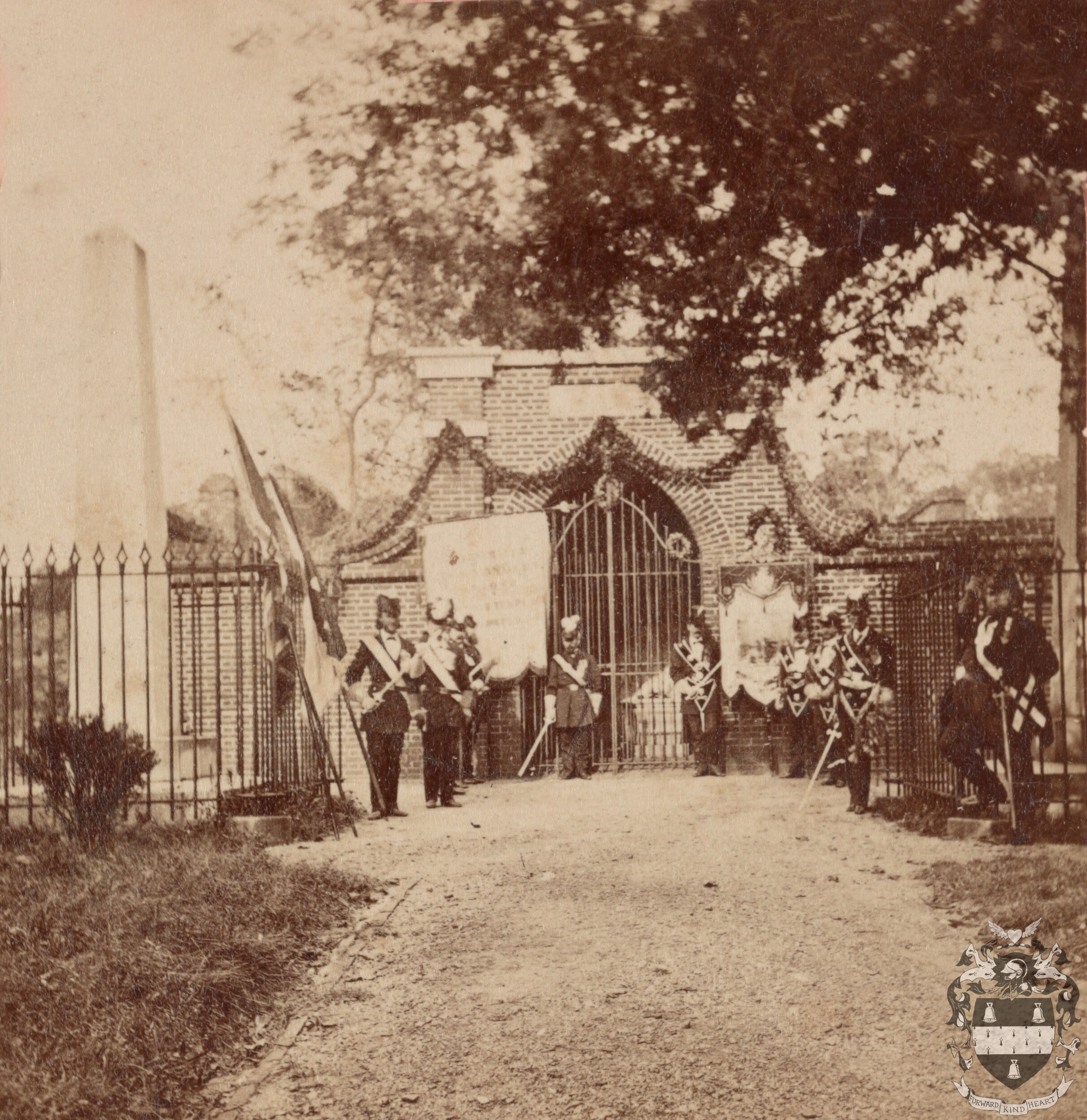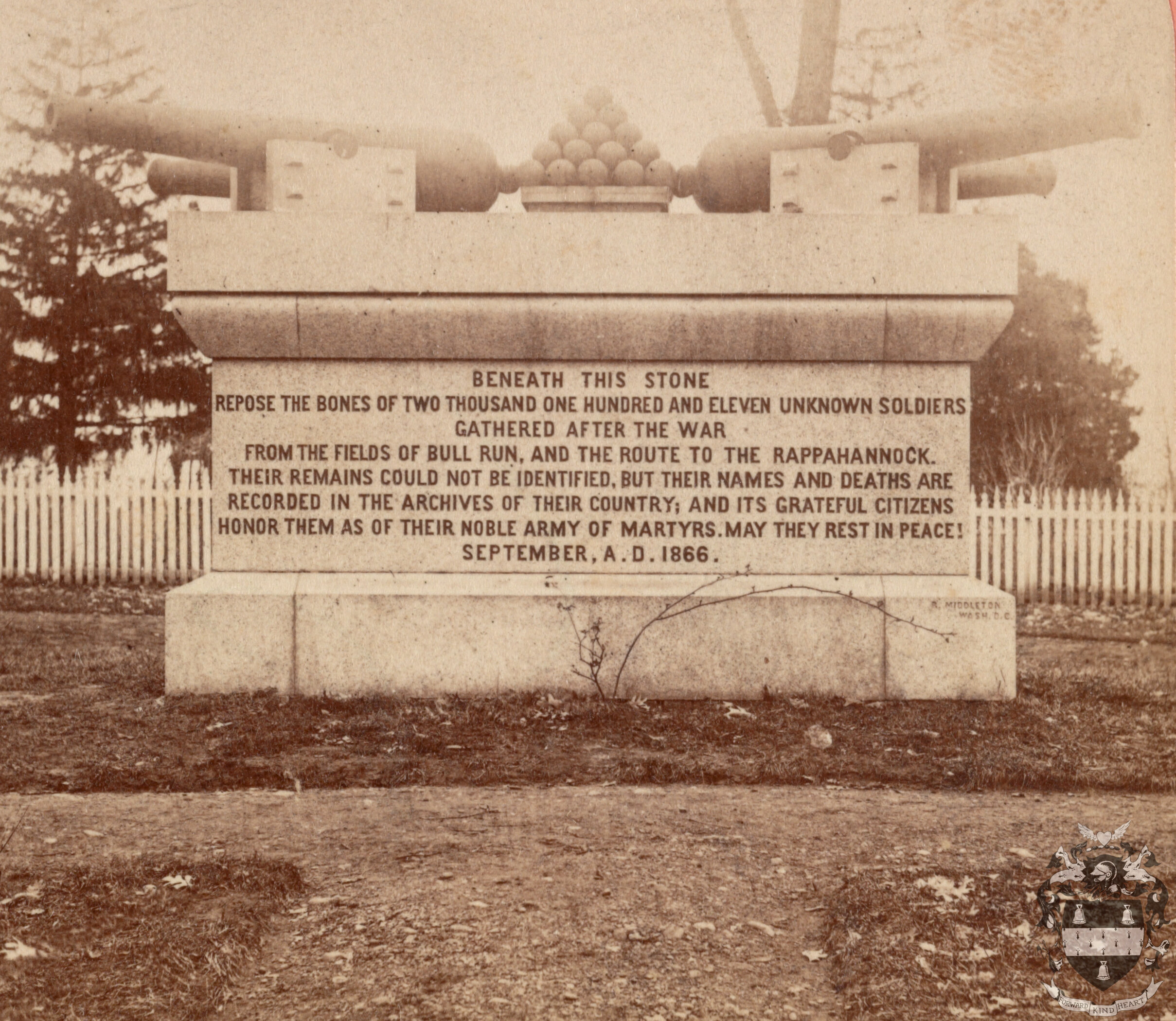Washington Through War’s Lens
In the transformative decade of the 1860s, as the United States grappled with civil war and the subsequent challenges of reconstruction, Washington, D.C., stood at the epicenter of national upheaval and renewal. Amidst this backdrop, the Bell & Brothers studio emerged as a pivotal chronicler of the capital's evolving landscape. Their photographic collection from 1860 to 1869 offers an invaluable visual narrative of a city in flux, capturing both its resilience and its aspirations.
Among the notable images is the somber façade of Ford's Theatre, forever etched in history as the site of President Abraham Lincoln's assassination. The studio's lens also turned to the Washington Monument, depicted in 1869 as an unfinished testament to the nation's first president, symbolizing a country interrupted yet determined to honor its foundations. The Capitol Building, with its newly completed dome, stands as a beacon of the enduring legislative process, while the Smithsonian Institution Building, affectionately known as the "Castle," reflects the burgeoning commitment to knowledge and culture.
The collection further delves into the city's environs, presenting images of the Arlington House, once the residence of Robert E. Lee, overlooking the nascent Arlington National Cemetery, a poignant juxtaposition of divided loyalties and the heavy cost of conflict. Photographs of the Long Bridge, spanning the Potomac River, underscore the strategic significance of Washington's geography during wartime, serving as a vital conduit for troops and supplies.
Through the meticulous work of Bell & Brothers, we are afforded a window into Washington, D.C.'s physical and symbolic transformation during a defining era. These images not only document architectural and infrastructural developments but also encapsulate the city's resilience and its pivotal role in the nation's journey toward reunification and progress.
Ford's Theater
The President's Home
Washington Monument, 1869
National Cemetery
Baltimore Harbor
Ford's Theater
Blue corridor, in the Patent Office
Congressional Library
Clark Mills's equestrian statue of Andrew Jackson that stands just outside the White House in Lafayette Park, 1869
Mt. Vernon
National Cemetery
The President's Home, Northeast
Pennsylvania Ave., Bell's Studio at left
Pennsylvania Ave., Bell's Studio at left
The Smithsonian Institution Building, popularly known as the "Castle."
Old Supreme Court
The Long Bridge, 1867
Arlington House, The Robert E. Lee Memorial, formerly named the Custis-Lee Mansion, is a Greek revival style mansion located in Arlington, Virginia, United States that was once the home of Confederate Army General Robert E. Lee. It overlooks the Potomac River and the National Mall in Washington, D.C.
Arlington House, 1869
The Soldier's Home, Lincoln's Cottage is to the left.
U.S. Arsenal
The Capitol
George Washington's Tomb
U.S. Observatory
The Smithsonian, Interior of Main Hall
The Capitol, East
Botanical Gardens and Capitol
The President's Home, President Johnson in office
The President's Home
Winter, National Cemetary































